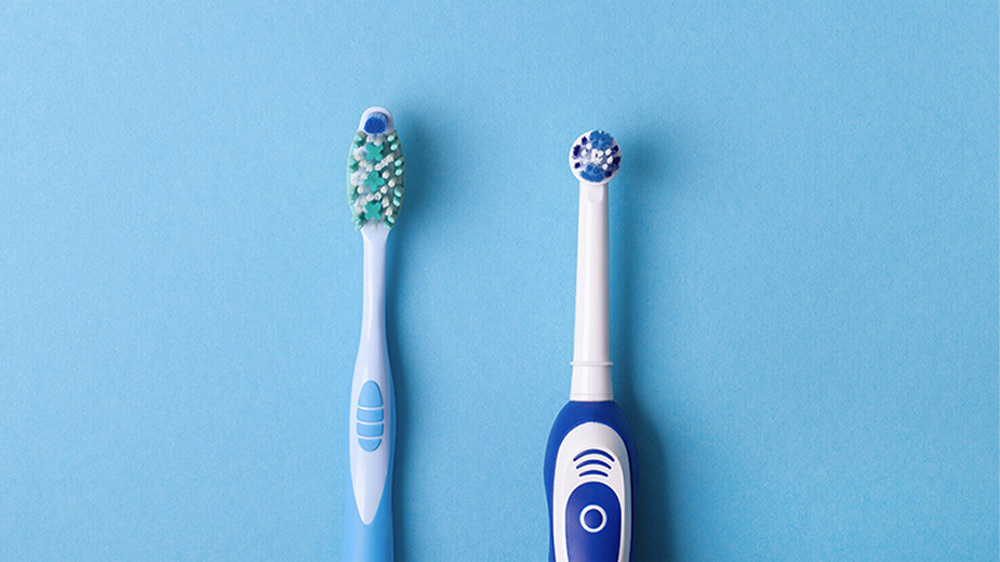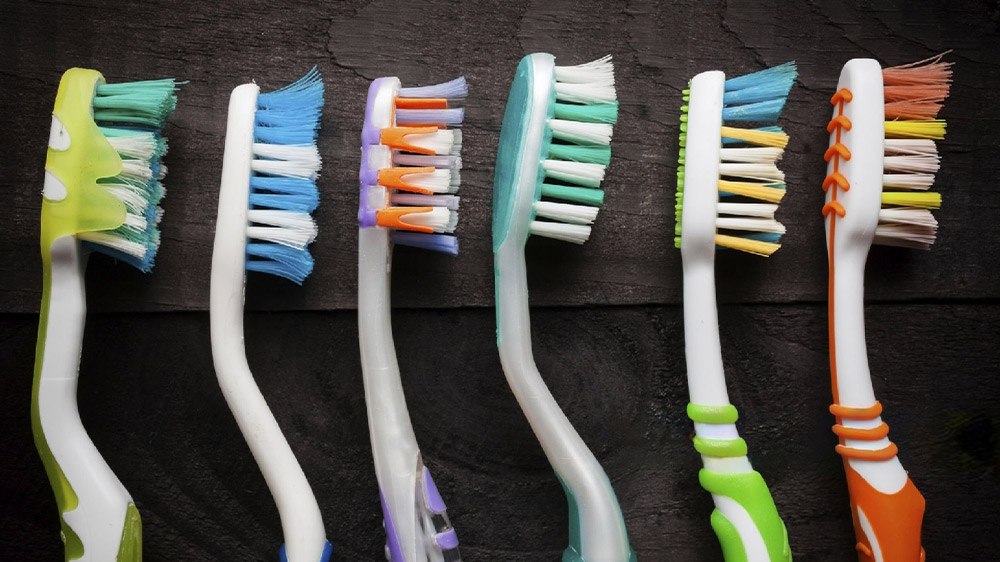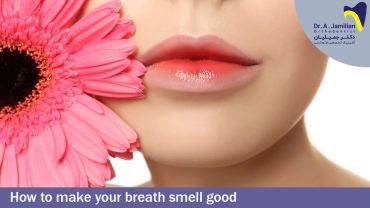Choosing a proper toothbrush is essential for having healthy teeth. Having information about the features of a proper and standard toothbrush and the status of your teeth is very important before choosing the right toothbrush.
It’s time to replace your ordinary or electric toothbrush replacement heads if you started to use them four months ago. Most people do not know that the useful lifespan of a toothbrush is only three months and even some people may use their toothbrush for a full year. You should know that if you continue to use a toothbrush for more than its useful life, then its worn-out bristles will not clean your teeth anymore, which in turn would put your teeth health and safety in danger. So, be aware of how long you use your electric toothbrush or replacement heads.
Using the right toothbrush is necessary to keep your oral and dental health. It additionally prevents the growth of bacteria and the development of inflammation. Bacteria and oral inflammation can lead to serious problems including dementia, cardiac diseases, and more. In this article, we will deal with the features of a proper toothbrush (soft, medium and hard) to help you make informed decisions to avoid possible oral and dental problems.
What features should we consider when we intend to purchase a toothbrush?
The type of toothbrush, size, bristles and handle are among the most important features that must be considered when you intend to choose and buy a toothbrush. Later in this article all of these components will be discussed.
1- Type of Toothbrush
Are electric toothbrushes better or manual ones? Most people think that both of them have similar effectiveness and functionality if they are used correctly. According to a study carried out by Cochrane Collaboration, it became clear that within 3 months in comparison to manual toothbrushes with rectangular heads, electric toothbrushes with circular and rotating heads can remove the dental plaques as much as 11 percent more than normal toothbrushes. If you have a narrow jaw and intend to use ordinary toothbrushes, you need to use toothbrushes with conical heads, rather than ones with a full rectangular head. If you use electric toothbrushes, do not forget to pay attention to their quality. As well as, the type and quality of toothbrushes, the right way of brushing teeth are important.

2- Size of Toothbrush
A standard-size toothbrush is not appropriate necessarily for all people. You may think that the bigger toothbrushes are better ones, but you need to know that sometimes the large toothbrushes can fail to access the accumulated plaques between teeth or the remote parts of the mouth.
3- Softness of Toothbrush
You can find various types and sizes of toothbrushes at different prices in the supermarkets and drugstores. Before buying the most inexpensive toothbrush, please check the type of bristles. The toothbrush bristles are divided into three classes: soft, medium and hard. Some people do not take the softness of bristles seriously, but since you use your toothbrush every day you should use one that is both comfortable and capable of cleaning the teeth properly. It is recommended to use toothbrushes with soft or extra-soft bristles. There are rumours that hard toothbrushes are better, but it is not necessarily correct. This is due to them both having less flexibility and stimulating your gum’s sensitive tissue. Here we will discuss the advantages and disadvantages of various bristles of toothbrushes.

Soft Toothbrushes
A common method to damage your gum and destroy your teeth enamel is by imposing excessive pressure while brushing. Hence, dentists usually ask children and most adults to use toothbrushes with soft bristles. While making your teeth clear of bacteria, plaques and food debris which cause tooth decay, the soft toothbrushes touch your gums very gently. To strengthen the cleaning aspect of your toothbrush, please choose soft toothbrushes whose bristles are angled, it makes it possible for you to reach parts of your mouth that are inaccessible otherwise. Toothbrushes with multi-layer bristles are also a good choice. If you cannot wash your lateral teeth with your toothbrush, then it is very large for your mouth.
Medium Toothbrushes
In contrast to the soft toothbrushes, the medium ones have harder bristles, however, they are not as hard as hard ones. If you use a medium toothbrush, be careful about the pressure you apply while brushing to avoid any potential damage to your gum’s tissue.
Hard Toothbrushes
Commonly hard toothbrushes are not recommended and finding them is somewhat difficult. Hard toothbrushes can damage your gums and destroy your tooth enamel with a little pressure on your hand. However, they would be proper for certain people including those who have stained teeth. Hard toothbrushes are solid options for those people who wear dentures.
4- Toothbrush Handle
The toothbrushes handle must be so that when you take it in your hand you must feel comfortable with it. If you feel comfortable while brushing, then you will brush them with higher control and finally, you will have cleaner teeth. On the other hand, if you don’t feel comfortable when you take your toothbrushes in your hand, it would affect your teeth cleanness negatively. Do not choose toothbrushes with very thin or very thick handles, because they never provide you with a comfortable feeling.
What Toothbrushes Are Proper for Orthodontics?
Although orthodontics can refine and strengthen your teeth and bestow you a more beautiful smile, you may face problems in removing dental plaques and food debris while being treated with orthodontics. Depending on the orthodontics, maybe using manual shift toothbrushes would be sufficient and sometimes using interdental orthodontic toothbrushes would be prescribed for a better cleaning of teeth.

Normally, you need to brush your teeth two times a day, so you need to be careful about the features of your toothbrush. Please use toothbrushes properly with your jaw and mouth size. Please prioritize the soft and medium compared to the hard bristles and if you have orthodontics, you need to consult with your orthodontist about the use of interdental toothbrushes.
choosing the right toothbrush FAQ
According to studies, high-quality electric toothbrushes are better, however, manual toothbrushes with proper shape and size and bristles will be very effective in cleaning your teeth.
The general advice is that using soft and medium toothbrushes is better, however, in certain conditions like suffering from stained teeth, you can use hard ones.
If you are being treated with orthodontic therapy, please use soft toothbrushes or interdental toothbrushes.
Normally, it is recommended to change your toothbrush every three months.







